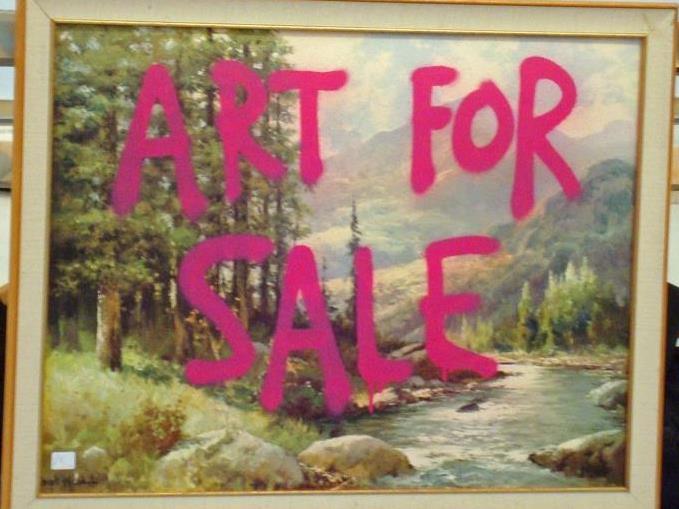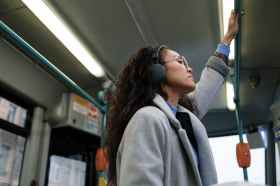So this is a call to action! The National Association for the Visual Arts (NAVA) is recommending that if you are an artist, NOW is the time to let the Minister know what you think – senator.brandis@aph.gov.au
Everyone across the political spectrum agrees that it is desirable for artists to be as financially self sufficient as possible from their art practice. To help make this a reality, the previous Government finally listened to the voices of a whole generation of artists (it took 20 years) and introduced the Artists Resale Royalty scheme in 2010. It has been estimated that it will take at least another twenty years to reach its potential, yet after less than three years it is being reviewed, with the imminent danger that it may be emasculated or cut completely.
Already the scheme has generated over $2 million going directly into artists’ pockets, well in excess of what the Government invested to set it up. Contrary to some of the objections raised at the start that it would only benefit dead white male artists, 94% of the money is going to living artists, 65% being Indigenous. And with the low eligibility threshold of $1000, lots of early career artists are beneficiaries. Despite starting slowly, it is already covering its administration costs.
This important source of income, especially for Indigenous artists must not be allowed to be used for political point scoring or to appease the virulent and relentless opposition of the auction houses which make very comfortable profits on the sale of art without sharing any part of it with artists. These bodies have put up a fierce fight, claiming that the reason the Australian art market has contracted is not because there is a global downturn as a consequence of the GFC (which has impacted the art market everywhere in the world), but it’s all to do with those pesky artists having to have a 5% share in the auction houses’ very substantial profits. Talk about killing the golden goose!
In actual fact, the impact on the secondary market is minimal at this stage due to eligibility applying only to artworks that were acquired after the commencement of the scheme.
To inform its submission to the Resale Royalty Inquiry, last year the National Association for the Visual Arts (NAVA) surveyed its members to solicit their views. The vast majority of members, 90.3% said they thought that the recognition of on-going rights was an important benefit of the scheme. 70.1% said that earning income was a valued benefit, though at that stage only 8% had received payment. 93.8 % said they thought the scheme should be expanded so they would be eligible for resale royalty payments when their art sold overseas.
You would therefore expect that if artists knew the scheme was in jeopardy they would take action. However, many well known artists NAVA has contacted recently have said though they fully support the scheme, they are afraid to say so publicly because their representing galleries are lobbying against it.
However, one brave artist, the greatly respected William Delafield Cook AM has commented, “(Resale Royalty) is a just and fair arrangement whereby artists and their estate have a share in the value of their work each time it is resold in the market. As a beneficiary under the scheme, I could hardly think otherwise. For Australia to adopt the scheme has brought it into line with the practice in other countries. Given the huge growth of the market in which works of art are bought and sold as investment items in Australia in recent years, it only fair that those that created them should share in the success their work achieves in that market. I hope that the Review supports the Resale Royalty Scheme.”
As Delafield Cooke has implied, there is a resale royalty scheme in place in 67 countries around the world including Britain and the whole European Union where conditions have just been revised to achieve harmonisation between all of them. Other countries which have a major market share – the US, China and Canada – are in the process of legislating similar schemes. Why is Australia contemplating falling out of step and going into reverse so soon after Resale Royalty’s introduction here?
It is a question to ask our Arts Minister who has declared publicly how much he cares about artists’ interests and that the Coalition’s arts policies are about art for art’s sake. This will be the first test of his true metal!





